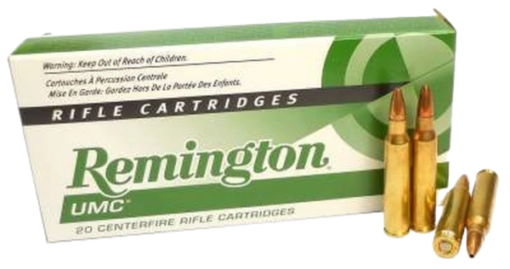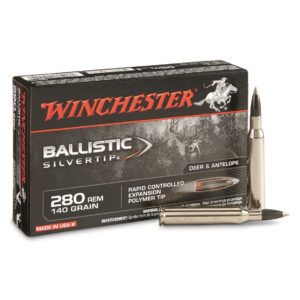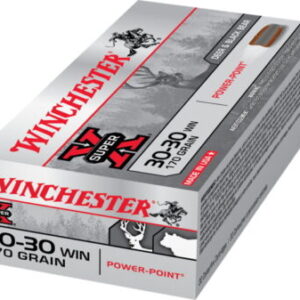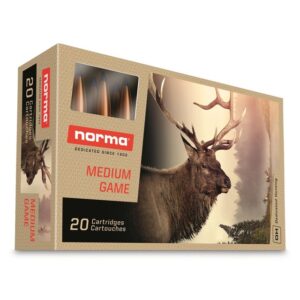Remington 223 Ammo: A Comprehensive Guide
Remington’s .223 ammunition has become a favorite choice for hunters, sport shooters, and tactical enthusiasts alike. Known for its accuracy, versatility, and reliable performance, Remington .223 ammo stands out in the competitive world of rifle ammunition. In this guide, we’ll dive into the specifics of 223 Remington, its ballistics, comparisons with similar calibers, and its most popular types.
What is .223 Remington Ammo?
The .223 Remington cartridge was introduced in the early 1960s as a versatile, high-velocity round. Originally developed for military use, it quickly gained popularity among civilians for its excellent performance in both hunting and target shooting. Remington .223 ammo is compatible with various firearms, especially the popular AR-15 platform, and offers a low-recoil experience with high accuracy.
Key Features and Specifications of .223 Remington Ammo
- Bullet Diameter: 0.224 inches
- Case Length: 1.76 inches
- Overall Length: 2.26 inches
- SAAMI Specifications: The SAAMI (Sporting Arms and Ammunition Manufacturers’ Institute) sets strict standards to ensure safety and compatibility, and SAAMI 223 Remington ammo meets these guidelines.
223 Remington ballistics are known for a flat trajectory and good velocity, making it suitable for long-distance shooting and precise target engagement.
.223 Remington vs. 5.56 NATO
A common question among shooters is the difference between .223 Remington vs. 5.56 NATO. While these rounds are similar in appearance, they differ in pressure ratings and chamber dimensions.
- Pressure: 5.56 NATO rounds are loaded to higher pressures, making them unsuitable for some .223 Remington firearms.
- Chamber Dimensions: The 5.56 NATO chamber is slightly longer, which allows for more versatility with military-grade ammunition.
It’s generally safe to shoot .223 Remington in a 5.56 NATO chamber, but not vice versa due to the increased pressure of the 5.56 round. Choosing between .223 Remington and 5.56 NATO comes down to your firearm’s specifications and intended use.
222 Remington vs. 223 Remington
Another comparison often discussed is 222 Remington vs. 223 Remington. The 222 Remington is an older cartridge with less power and speed than the .223 Remington. While both are suitable for small game hunting, 223 Remington offers greater velocity and range, making it more versatile for various shooting applications.
Popular Types of Remington 223 Ammo
Remington offers various types of .223 ammo, each designed for specific applications. Here are a few popular options:
Remington 223 Core-Lokt
The Remington 223 Core-Lokt line is designed for hunters, featuring a soft point for controlled expansion and deeper penetration. Core-Lokt ammunition is ideal for hunters targeting small to medium-sized game, delivering consistent and reliable performance in the field.
Remington 223 Brass
223 brass Remington is highly regarded among reloaders for its durability and quality. Reloaders often choose 223 Remington brass because it provides consistent dimensions and can withstand multiple reloads without compromising safety or performance.
Remington .223 Ammo in Bulk
For those who shoot frequently, Remington .223 ammo is available in bulk. Bulk ammo is a cost-effective choice for high-volume shooters, especially for training and target practice.
Ballistics and Performance of 223 Remington Ammo
223 Remington ballistics make it highly effective for target shooting, varmint hunting, and even tactical applications. Here are some typical performance characteristics:
- Muzzle Velocity: Approximately 3,000 feet per second (fps) depending on the bullet type and weight.
- Effective Range: Reliable up to 500 yards for target shooting and small game hunting.
- Accuracy: Known for a flat trajectory, the 223 Remington excels in maintaining precision at longer ranges.
Reloading Options: 223 Remington Reloading Dies
Reloading 223 Remington ammo is a popular practice among shooters looking to fine-tune their loads for specific needs. With 223 Remington reloading dies, shooters can create custom loads to enhance performance or save on ammunition costs. Reloading provides flexibility, allowing shooters to experiment with various powder charges and bullet weights.
Benefits of Reloading .223 Remington
- Cost Savings: Reloading is often more economical, especially for high-volume shooters.
- Customization: Tailor loads for specific rifles or desired performance characteristics.
- Consistency: Reloading enables consistent shot-to-shot performance, which is especially beneficial for precision shooting.
Why Choose Remington 223 Ammo?
Remington’s .223 ammo is a trusted choice among shooters for several reasons:
- Reliability: Remington’s strict quality standards ensure that each cartridge performs reliably, shot after shot.
- Versatility: The .223 Remington is versatile enough for hunting, target practice, and self-defense applications.
- Variety: With options like Core-Lokt for hunting and bulk .223 ammo for range practice, there’s a choice for every shooter’s needs.
Cost of Remington 223 Ammo
Remington 223 ammo is affordable, especially when purchased in bulk. Prices vary based on bullet type, quantity, and regional availability. Buying .223 Remington ammo in larger quantities reduces the cost per round and ensures that you’re well-stocked for range days and hunting trips.
Remington 223 ammo remains one of the most versatile, cost-effective, and reliable cartridges available. Whether you’re hunting, target shooting, or just enjoying a day at the range, 223 Remington offers the perfect blend of accuracy, power, and manageable recoil. By understanding the unique features of .223 Remington vs. 5.56 NATO, 223 Core-Lokt, and 223 brass Remington, you can select the ideal ammo for your needs and enjoy consistent, high-quality performance.





Reviews
There are no reviews yet.